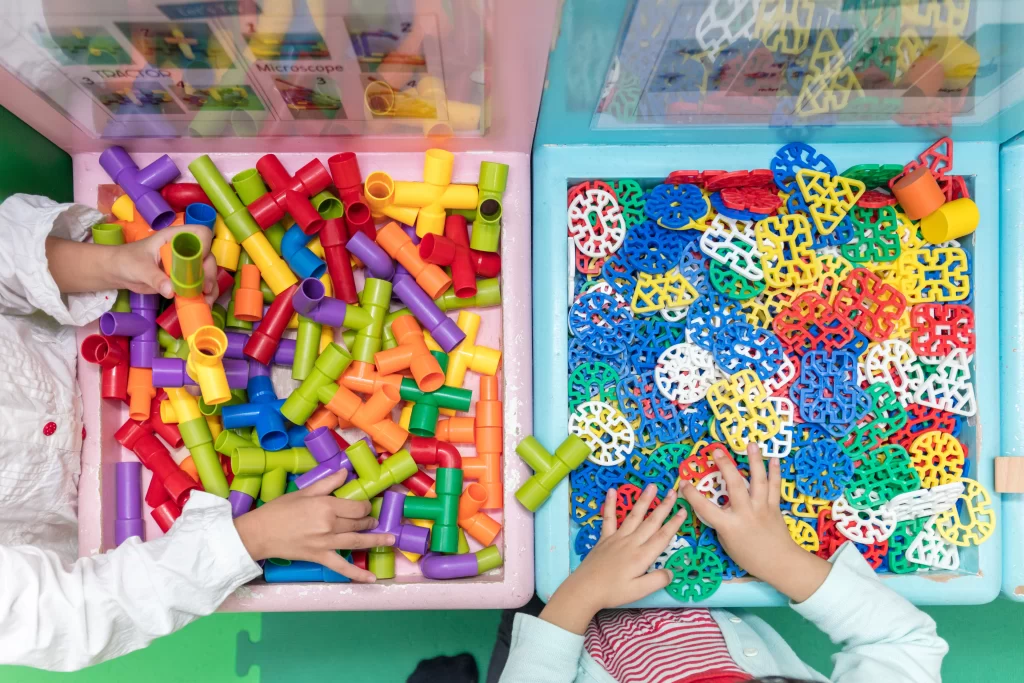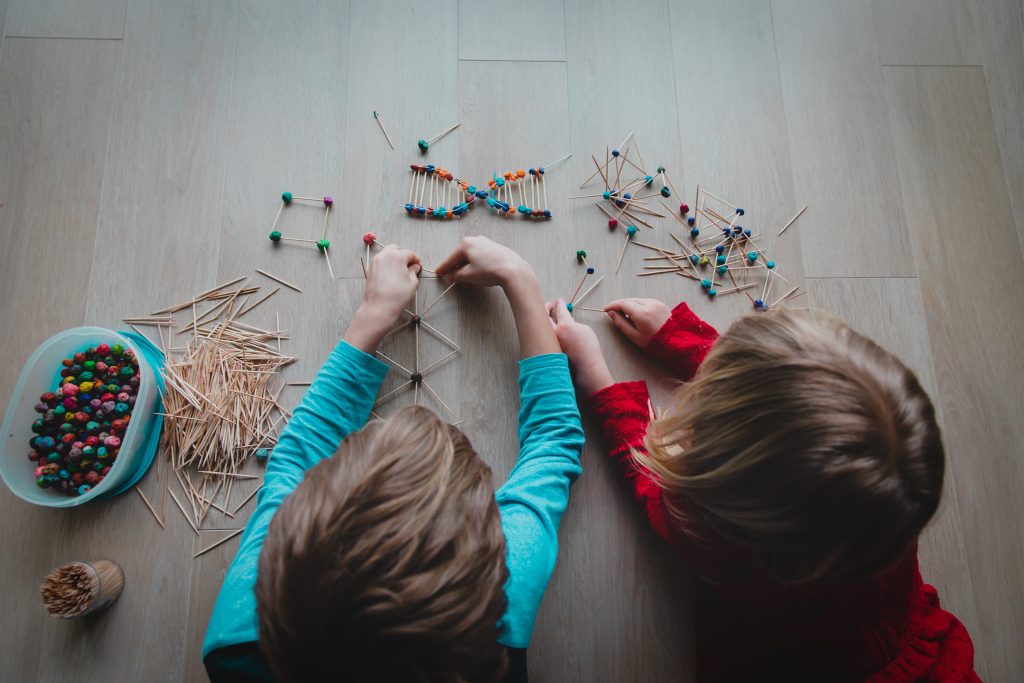
When we picture “learning,” we often imagine neat rows of desks, worksheets, and standardized tests. Yet some of the most powerful lessons unfold far from fluorescent lights—under trees, on kitchen floors, or in the middle of backyard mud puddles. A growing body of research (and a lot of relieved parents) confirms what many kids instinctively show us: they learn best when exploring the world beyond classroom walls. From sharper attention spans to stronger problem-solving skills, here’s why stepping outside traditional school settings may be the smartest move for your child’s growth—and exactly how to harness those benefits at home.
1. Nature Super-Charges Focus (and Grades)
If your child fidgets through homework, the solution might be as simple as dirt under their nails. Studies comparing indoor and outdoor lessons found that students who learned outside returned to the classroom calmer, more engaged, and needing fewer reminders to stay on task. Many retained the academic material better than peers who stayed indoors —proof that fresh air isn’t just downtime; it’s a brain booster that can translate into higher scores and happier study sessions.
2. Outdoor Play Turbo-Boosts Engagement
Kids don’t daydream on the playground. They laser-focus on whatever excites them—a line of marching ants, a leaf that looks like a heart, or a stick that suddenly becomes a magic wand. In the Muddy Hands Report, 88% of teachers said pupils were more engaged during outdoor lessons. 86% observed better learning overall. When curiosity leads, attention follows—so learning begins to feel like play, not pressure.
3. Time in Green Spaces Fuels Mental Health
Academic success is only half the story; kids also need emotional resilience. Regular exposure to nature has been linked to lower anxiety, improved mood, better sleep, and higher physical activity—all of which prime the brain for learning. Whether it’s a forest hike or 10 minutes tending a balcony herb garden, green time equips children to handle stress and stay motivated when challenges arise.
4. Unstructured Exploration Builds Critical-Thinking Muscles
Unlike worksheets with one “right” answer, natural environments rarely hand out instructions. Should I balance this log or crawl under it? Is that bug safe to touch? Each choice trains children to hypothesize, test, and revise—core skills of scientific thinking and creativity. Researchers consistently find that kids who spend more time in open-ended outdoor play score higher on measures of innovation and flexible problem-solving than peers who spend most of their day indoors.
5. Outdoor Lessons Boost Attendance and Core Skills
For students who dread traditional classrooms, absenteeism quickly snowballs into academic gaps. Innovative schools that make outdoor learning a staple—gardening for math fractions, creek walks for biology—report higher attendance and noticeable gains in reading and writing. This is especially true among previously disengaged kids. When learning feels relevant, tangible, and empowering, children want to show up. Experiential learning is often the best method!

How to Bring Big-World Learning Home
You don’t need a forest-school budget or acres of land. Try these low-effort, high-impact ideas:
| Simple Activity | Hidden Skills | Quick Tips |
| Backyard “Mini-Beast” Safari | Observation, vocabulary, empathy | Hand your child a magnifying glass; ask them to draw or photograph three insects they find. |
| Kitchen Chemistry | Fractions, cause-and-effect, patience | Let kids measure ingredients for bread or pancakes, then watch yeast or baking powder make bubbles. |
| Neighborhood Mapping Walk | Spatial reasoning, storytelling | Have your child sketch a simple map labeling interesting trees, murals, or friendly pets. |
| Rain-Gauge Challenge | Data collection, graphing | Place a jar outside, mark daily rainfall, then chart results at week’s end. |
| DIY Bird Feeder & Logbook | Responsibility, ecology | Coat a toilet-paper roll in peanut butter and seeds; hang it up and record visiting species. |
Re-imagining Education: A Gift Beyond Desks
Kids are wired to learn everywhere—on sidewalks, in sandboxes, beneath the stars. By loosening the grip on rigid academics and embracing everyday adventures, we raise not just smart students but confident, curious humans. The beauty of learning outside school lies in its variability: no two days or discoveries are identical. That unpredictability cultivates adaptability and wonder—traits that standardized tests can’t capture but the future will absolutely demand.
Your Turn: What outdoor or hands-on activity sparked a lightbulb moment for your child? Share your story in the comments; your idea could become another family’s new favorite lesson.
Read More

Samantha Warren is a holistic marketing strategist with 8+ years of experience partnering with startups, Fortune 500 companies, and everything in between. With an entrepreneurial mindset, she excels at shaping brand narratives through data-driven, creative content. When she’s not working, Samantha loves to travel and draws inspiration from her trips to Thailand, Spain, Costa Rica, and beyond.


